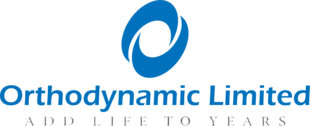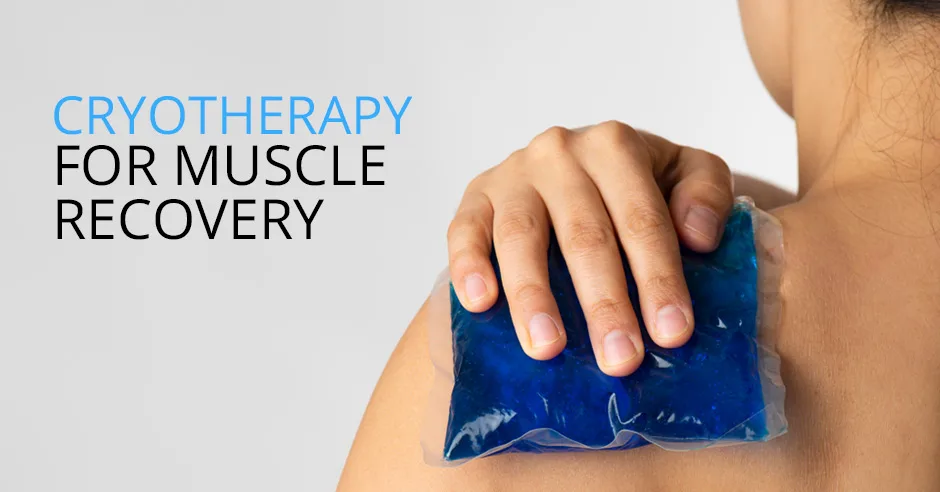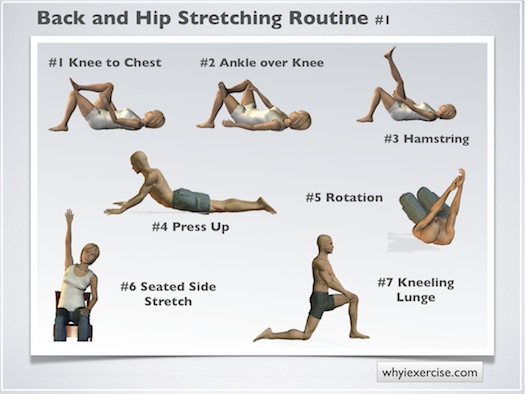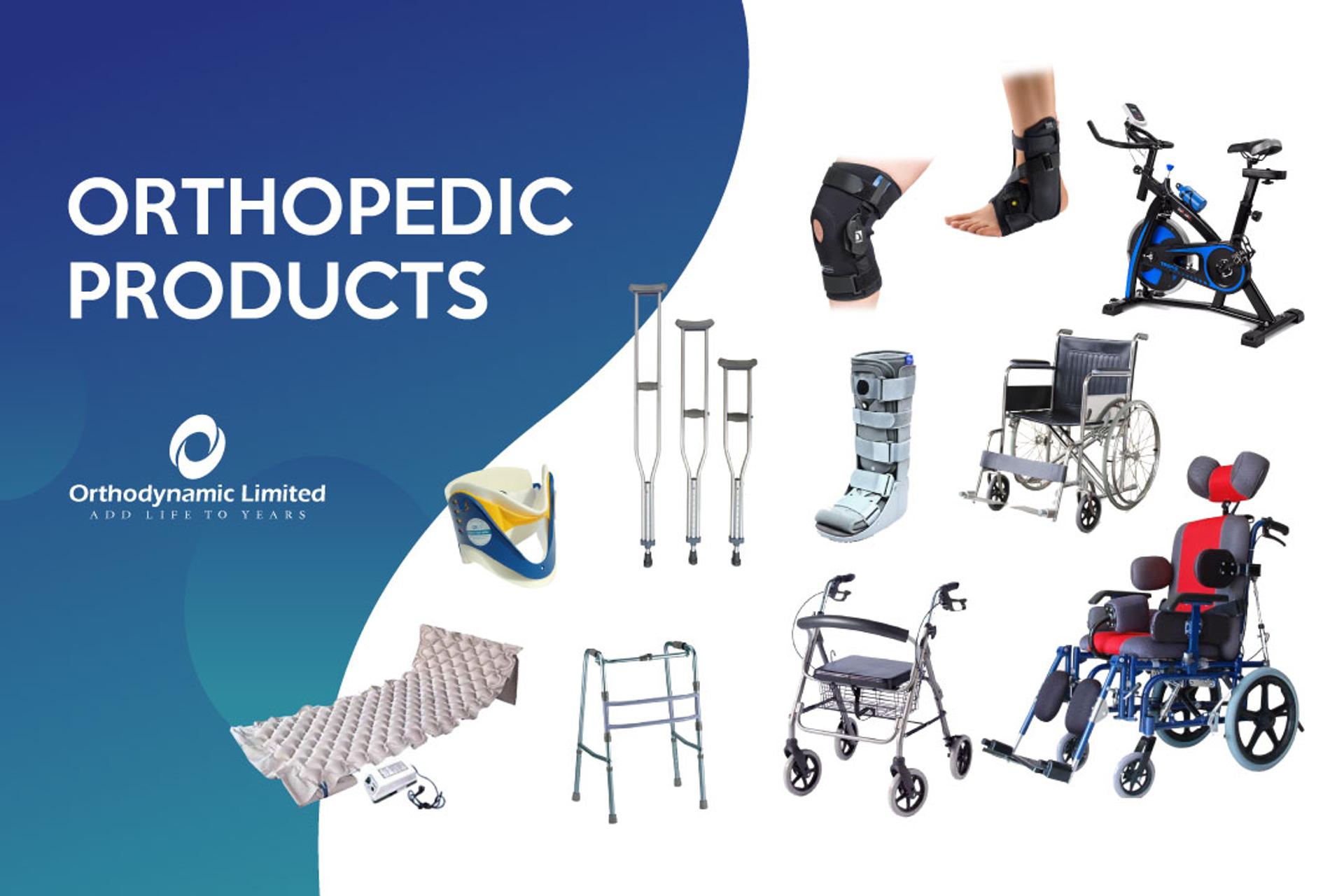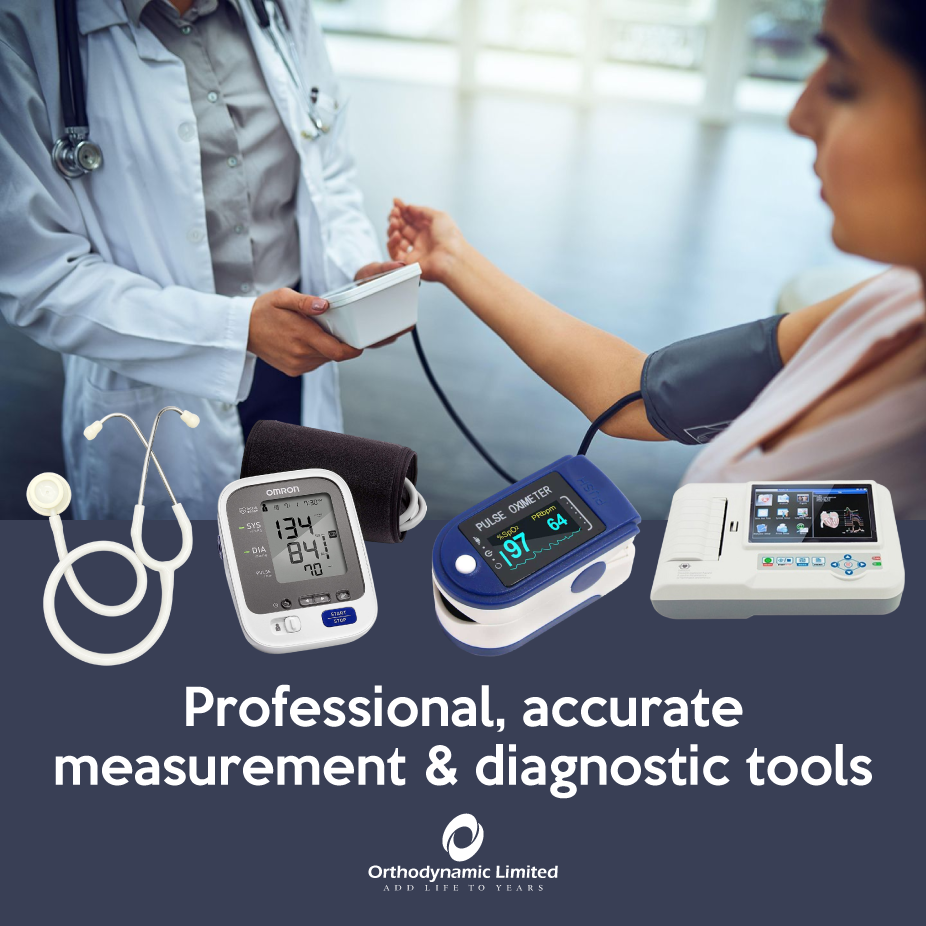A Comprehensive Guide to Crutch Gaits: Helping Patients Move Forward
Mobility challenges can be daunting, whether due to injury, surgery, or chronic conditions. For individuals needing assistance, crutches are an essential tool to regain independence and maintain physical activity. However, the effectiveness of crutches largely depends on the proper gait technique tailored to the patient’s condition. At Orthodynamic Limited, we understand the importance of educating patients and healthcare providers on these critical techniques. This comprehensive guide will explore the different crutch gaits, their applications, and how they help patients progress toward recovery.
Understanding Crutch Gaits
A crutch gait refers to the pattern or sequence of movement when using crutches. It determines how the crutches and legs coordinate during walking, ensuring the patient achieves the right balance between mobility and stability. The choice of gait depends on factors such as the patient’s weight-bearing capacity, upper body strength, coordination, and the nature of the condition.
Proper training and supervision from a physiotherapist or rehabilitation expert are critical in teaching patients the correct gait, as it minimizes the risk of falls and promotes effective healing.
The Main Types of Crutch Gaits
1. Two-Point Gait
The two-point gait is a natural and relatively easy technique for patients who can partially bear weight on both legs. It involves moving a crutch and the opposite leg forward at the same time, mimicking a regular walking pattern.
How to Use:
- Move the right crutch and the left foot forward together.
- Move the left crutch and the right foot forward together.
Applications:
- Suitable for patients recovering from mild impairments such as sprains or minor surgeries.
- Helps distribute weight evenly, reducing strain on the legs.
- Requires good coordination and balance.
2. Three-Point Gait
The three-point gait is ideal for individuals who cannot bear weight on one leg. It involves using both crutches to support the body while the non-weight-bearing leg remains elevated.
How to Use:
- Move both crutches forward together, along with the non-weight-bearing leg.
- Step forward with the unaffected leg, using the crutches for support.
Applications:
- Often used by patients with fractures, severe sprains, or post-operative care for one leg.
- Requires strong arms and an unaffected leg to provide the necessary propulsion.
- Provides stability for patients with limited mobility.
3. Four-Point Gait
The four-point gait is one of the most stable crutch gaits, making it ideal for patients who need maximum support. Each crutch and leg move independently in a specific sequence.
How to Use:
- Move the right crutch forward.
- Move the left foot forward.
- Move the left crutch forward.
- Move the right foot forward.
Applications:
- Suitable for patients with partial weight-bearing on both legs.
- Commonly used by individuals with muscle weakness or coordination challenges.
- Provides maximum stability but is slower than other gaits.
4. Swing-To Gait
The swing-to gait is designed for patients with limited or no use of one or both legs. It involves swinging both legs forward to the level of the crutches.
How to Use:
- Move both crutches forward together.
- Swing both legs forward, stopping at the crutches.
Applications:
- Ideal for patients with paralysis or severe weakness in the lower limbs.
- Requires good upper body strength to lift and propel the body forward.
- Offers moderate stability and is often a stepping stone to the more advanced swing-through gait.
5. Swing-Through Gait
The swing-through gait is an advanced technique for long-term crutch users who have mastered balance and upper body strength. It involves swinging the legs past the crutches for faster movement.
How to Use:
- Move both crutches forward together.
- Swing both legs forward, passing the crutches.
Applications:
- Common among paraplegics or individuals with significant lower limb impairments.
- Requires excellent arm strength, coordination, and confidence.
- Allows for faster mobility compared to other gaits.
Factors Influencing the Choice of Crutch Gait
Selecting the right crutch gait is crucial for effective rehabilitation and safety. Here are key considerations:
1. Weight-Bearing Status:
- Non-Weight-Bearing: The patient’s injured leg cannot support any weight. Techniques like the three-point or swing gaits are suitable.
- Partial Weight-Bearing: The patient can place some weight on the injured leg. Two-point and four-point gaits are often recommended.
- Full Weight-Bearing: The patient can bear weight on both legs but needs crutches for balance or mild support.
2. Balance and Coordination:
- Patients with poor balance benefit from more stable gaits like the four-point gait.
- Patients with good coordination can use faster gaits like the two-point or swing-through techniques.
3. Upper Body Strength:
- Gaits like the swing-to and swing-through require strong arms and shoulders.
- Patients with limited upper body strength may need stable options like the four-point gait.
4. Rehabilitation Goals:
- Early-stage recovery often begins with slower, stable gaits to build confidence.
- As patients progress, they transition to more dynamic gaits for improved mobility.
Training Patients to Use Crutches Effectively
At Orthodynamic Limited, we emphasize the importance of proper training in crutch use. Here’s a brief guide to ensure patients maximize their potential:
1. Proper Crutch Fitting:
- Ensure the crutch height is adjusted so that the top rests 1-2 inches below the armpit.
- The handgrips should allow the patient’s elbows to bend slightly when holding the crutches.
2. Safety Tips:
- Instruct patients to place the crutches slightly ahead of their feet to maintain balance.
- Avoid leaning on the armpit pads, as this can cause nerve damage.
- Teach patients to use non-slip footwear and be cautious on wet or uneven surfaces.
3. Progression and Monitoring:
- Start with stable gaits and gradually transition to more dynamic ones as strength and coordination improve.
- Regularly monitor the patient’s progress to prevent overexertion or incorrect technique.
Why Proper Crutch Gait Training Matters
A well-chosen crutch gait does more than just restore mobility; it accelerates recovery, prevents secondary injuries, and boosts confidence. By understanding the patient’s needs and capabilities, healthcare providers can tailor a rehabilitation plan that ensures optimal outcomes.
At Orthodynamic Limited, we are committed to providing innovative and practical solutions that empower patients to regain their independence. Whether you’re a healthcare professional, caregiver, or patient, understanding these crutch gait techniques is a crucial step toward improving mobility and quality of life.
For more information, visit our website or contact our team of experts to learn how we can assist you or your patients in their rehabilitation journey.
